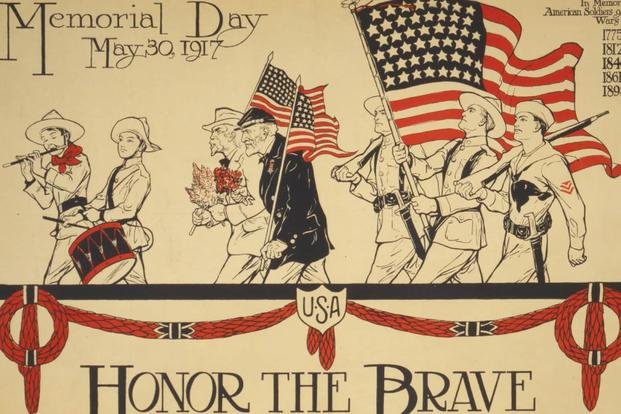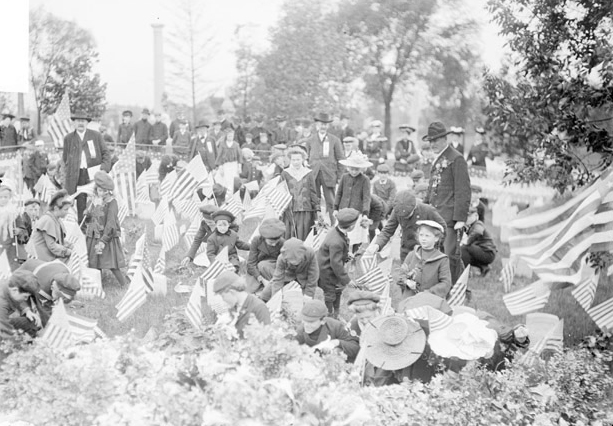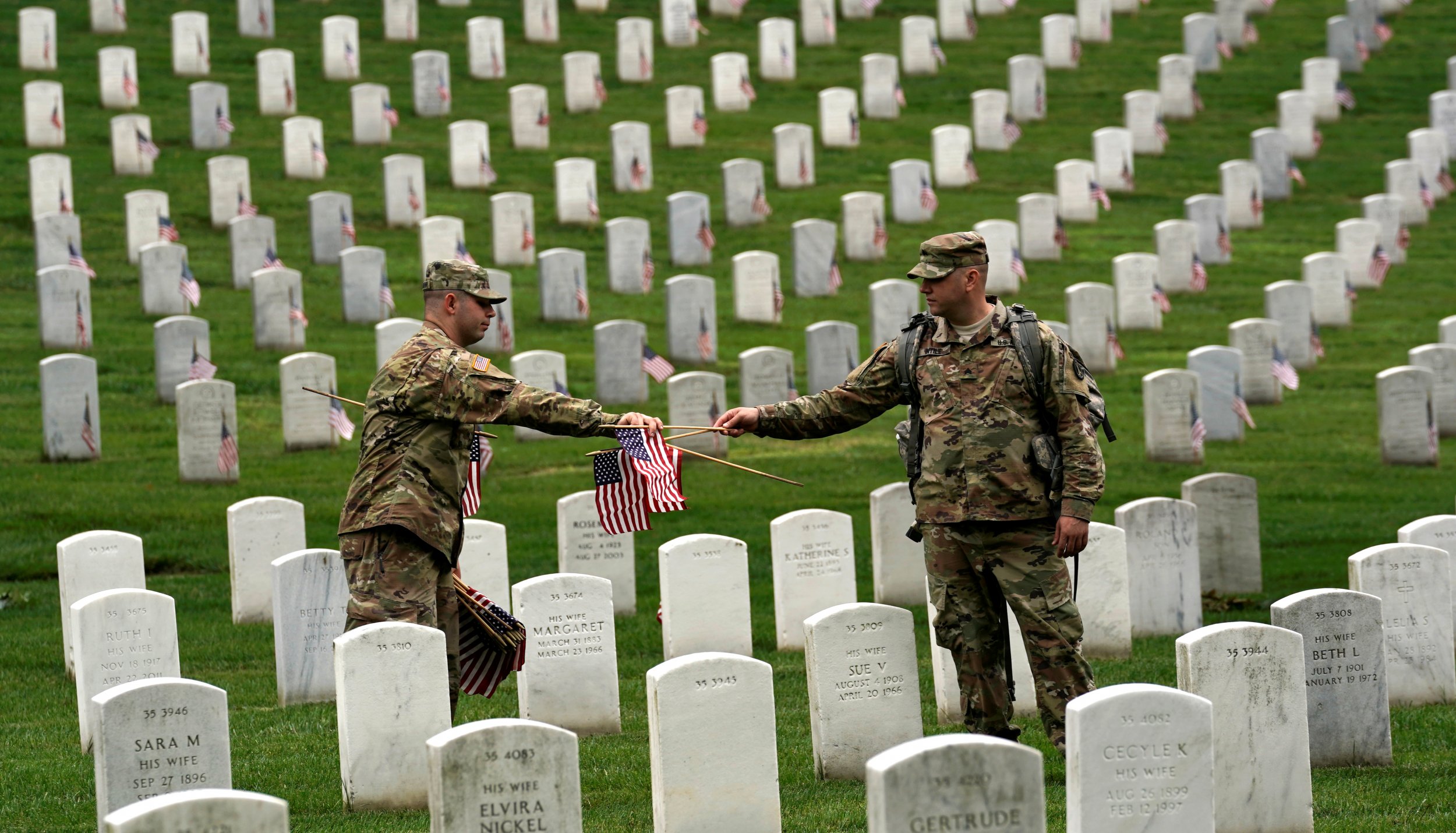Memorial Day: From Decoration Day Origins Explained

Memorial Day, observed annually in the United States on the last Monday of May, is a time to honor and remember military personnel who have died in service. But did you know that Memorial Day wasn't always known by its current name?
Early Origins: Decoration Day

The origins of Memorial Day can be traced back to the years immediately following the Civil War. The war, which lasted from 1861 to 1865, was one of the deadliest conflicts in U.S. history, claiming the lives of approximately 620,000 soldiers. With such a devastating loss, communities across the nation felt a profound need to honor their fallen heroes.
In 1868, General John A. Logan, leader of an organization for Northern Civil War veterans called the Grand Army of the Republic (GAR), issued a proclamation calling for “Decoration Day” to be observed. This day was set for May 30, chosen because it wasn’t the anniversary of any particular battle and because flowers would be in bloom across the country, making it ideal for decorating graves:
- To honor the memory of the brave soldiers who had given their lives.
- To remind the nation of the cost of war.
The first Decoration Day was celebrated at Arlington National Cemetery, where GAR members decorated the graves of both Union and Confederate soldiers with flowers, wreaths, and the flag of the United States.
Expansion of Memorial Day

As the tradition spread, states began establishing their own Memorial Days. The observance continued to evolve:
- By the late 19th century, Southern states held their own days of remembrance for Confederate soldiers, often on different dates from the North.
- Following World War I, the day was expanded to honor those who died in all American wars, not just the Civil War.
In 1966, Waterloo, New York, was officially declared the birthplace of Memorial Day by Congress. This acknowledgment came due to an event in 1866 when the town held a large ceremony to honor local veterans who had fallen in the Civil War.
The Uniform Monday Holiday Act

By 1968, Congress passed the Uniform Monday Holiday Act, which moved several federal holidays to Mondays to create three-day weekends for federal employees. Memorial Day, along with Veterans Day, Washington’s Birthday, Columbus Day, and Labor Day, were affected by this act. The change meant that Memorial Day was now observed on the last Monday of May, starting in 1971. This:
- Increased holiday travel and leisure time.
- Expanded the remembrance to a broader national level, but also led to concerns that the original solemnity of the occasion was being overshadowed by commercialism.
Memorial Day Today

Today, Memorial Day is marked by:
- Parades, often featuring military units and veterans.
- Special ceremonies at cemeteries and battlefields, where flags and flowers are placed on the graves of the fallen.
- A National Moment of Remembrance, where Americans are asked to pause at 3 p.m. local time for a minute of silence.
- Many communities and organizations hold events like car shows, fireworks, and barbecues.
One of the most poignant traditions is the rolling of the flowers at Arlington National Cemetery, where volunteers place small American flags in front of each gravestone. This creates a sea of red, white, and blue across the hallowed ground, symbolizing the unity and sacrifice of all who served.
Controversy and Education

There has been controversy surrounding the name and essence of Memorial Day. Some argue that the term “Memorial Day” should be kept for its deep significance, avoiding conflation with other holidays like Veterans Day, which honors all who have served. Critics worry that the long weekend aspect has diluted the day’s purpose:
💡 Note: While many enjoy the holiday for leisure, it’s essential to remember its true purpose—to honor those who made the ultimate sacrifice.
In response, educational efforts have been ramped up, with:
- School programs teaching the history and significance of the day.
- Community initiatives to restore the solemnity of the occasion.
- Outreach programs by veterans’ organizations to explain the difference between Memorial Day and other military holidays.
What is the difference between Memorial Day and Veterans Day?

+
Memorial Day honors those who have died while serving in the U.S. military, while Veterans Day pays tribute to all those who have served in the military, both living and deceased.
Why do we observe a moment of silence on Memorial Day?

+
The National Moment of Remembrance, established by Congress in 2000, asks Americans to pause at 3 p.m. local time for a minute of silence to honor those who died in military service. It’s a symbolic act of national unity and remembrance.
How can I teach my children the significance of Memorial Day?

+
You can teach children about Memorial Day by visiting a local cemetery, explaining the history and importance of the day, participating in or organizing a community event, or watching educational programs and documentaries together.